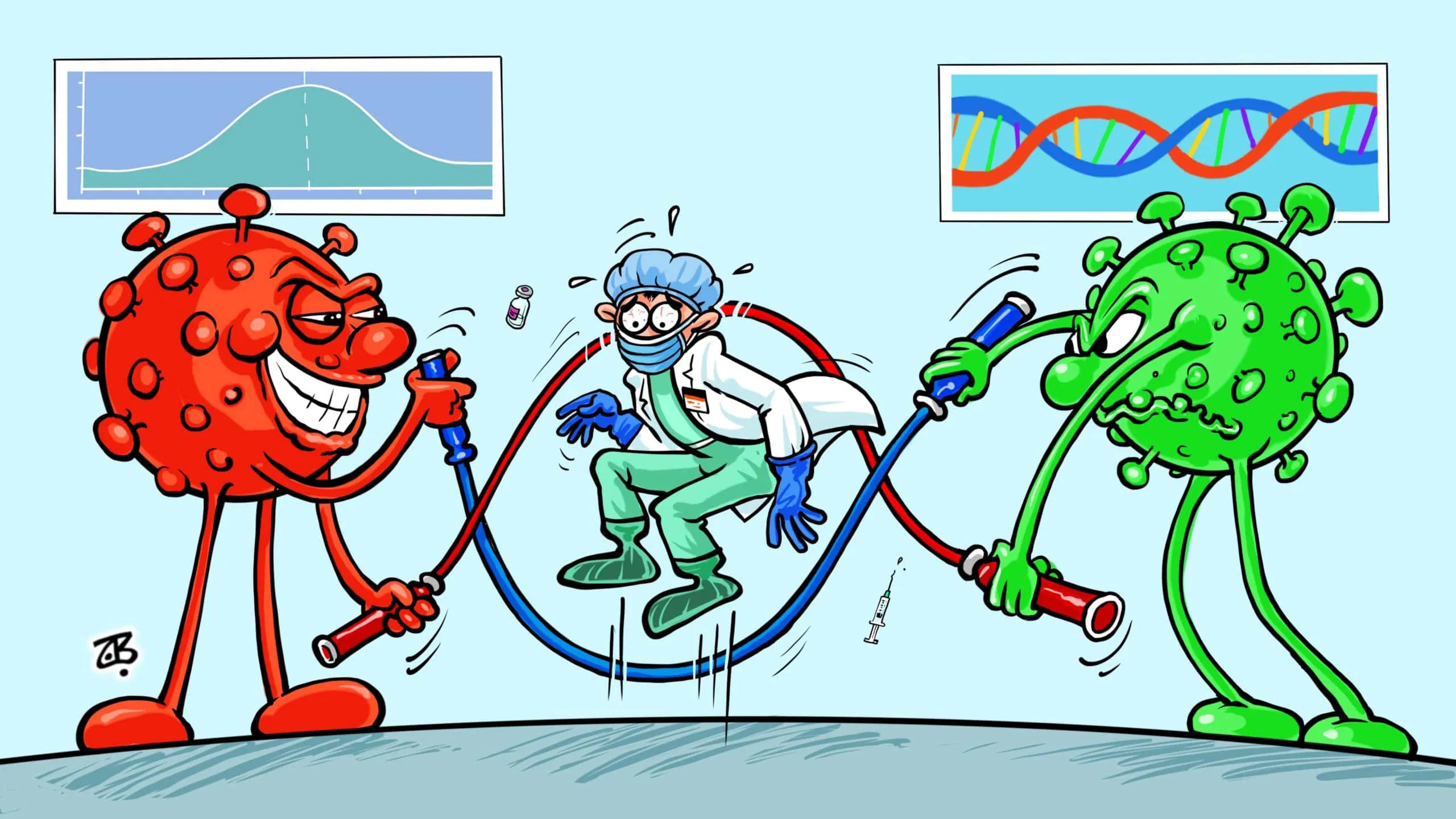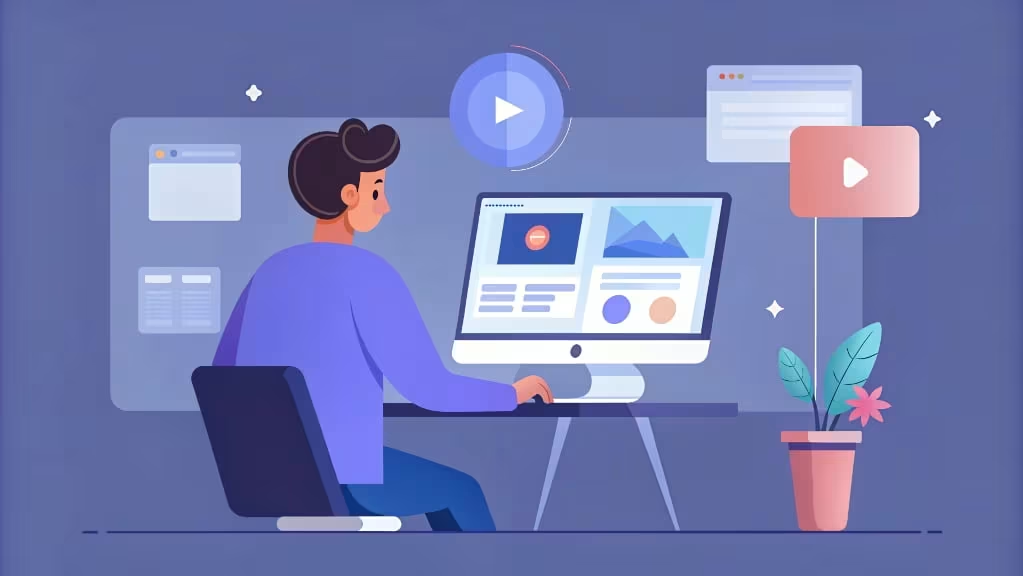
What Is Animated Healthcare? A Complete Guide for Hospitals and Clinics
In the fast-evolving healthcare landscape, where patient education, staff training, and marketing play pivotal roles, animated healthcare has emerged as a transformative tool for hospitals and clinics. This innovative approach uses 3D and 2D animations to simplify complex medical concepts, engage audiences, and improve outcomes. In the UAE, where healthcare spending is projected to reach AED 103 billion by 2025, animated healthcare is gaining traction for its ability to bridge communication gaps in diverse populations. Studios like Chasing Illusions Studio (chasingillusions.com) are leading the way with medical animations that educate patients on procedures or train staff on safety protocols. This complete guide explores what animated healthcare is, its benefits, applications, creation process, tools, best practices, and challenges, providing hospitals and clinics with actionable insights to implement it effectively in 2025.
What is Animated Healthcare?
Animated healthcare refers to the use of computer-generated animations (2D or 3D) to illustrate medical concepts, procedures, and information in a visually engaging format. These animations transform abstract ideas—such as cellular processes, surgical techniques, or disease mechanisms—into accessible, dynamic visuals that enhance understanding for patients, staff, and stakeholders. Unlike static diagrams or text, animated healthcare incorporates motion, narration, and interactive elements to make learning intuitive and memorable.
In the UAE’s multicultural healthcare system, animated healthcare is particularly valuable for overcoming language barriers and cultural differences. For example, a 3D animation by Chasing Illusions Studio depicting a heart procedure helped a Dubai clinic educate patients in Arabic and English, as praised by Dr. Meera Joshi for its accuracy and captivation. Animated healthcare aligns with global standards like HIPAA for patient privacy and UAE’s Ministry of Health and Prevention (MOHAP) guidelines for educational content, making it a compliant and effective tool for modern hospitals and clinics.
Benefits of Animated Healthcare for Hospitals and Clinics
Animated healthcare offers numerous advantages that can improve patient care, operational efficiency, and business growth. Below are the key benefits, with examples relevant to UAE healthcare providers.
Improved Patient Education and Engagement
One of the primary benefits of animated healthcare is its ability to simplify complex medical information, making it easier for patients to understand their conditions or treatments. Animations can illustrate how a medication works or what to expect during surgery, reducing anxiety and improving compliance. For instance, a UAE hospital used a animated healthcare video to explain diabetes management, resulting in 25% better patient adherence, per industry studies. This engagement is crucial in the UAE, where diverse populations may face language barriers; multilingual animations ensure accessibility.
Enhanced Staff Training and Skill Development
Hospitals and clinics use animated healthcare for staff training on procedures, safety protocols, or new technologies. Animations simulate real-world scenarios without risks, such as H₂S safety in ADNOC-affiliated clinics or surgical techniques. A Dubai clinic trained nurses on IV insertion using a animated healthcare video from Chasing Illusions Studio, improving accuracy by 30%. This cost-effective method reduces training time and error rates, aligning with OSHA standards (29 CFR 1910.1000) for healthcare worker safety.
Better Marketing and Branding
Animated healthcare helps clinics market services through explainer videos or social media content. A visually appealing animation showcasing a cosmetic procedure can attract patients, as seen in a UAE aesthetic clinic’s video that gained 50,000 views. Studios like Chasing Illusions Studio specialize in such content, helping brands build trust and stand out in the competitive UAE healthcare market, valued at AED 88 billion in 2024.
Increased Accessibility and Inclusivity
Animated healthcare makes information accessible to all, including those with disabilities or low literacy. Interactive animations with subtitles or voiceovers in Arabic, English, or Hindi cater to the UAE’s diverse population. For example, a hospital used animated healthcare to explain COVID-19 vaccination, reaching 100,000 viewers across languages.
Cost Savings and Efficiency
While initial creation costs exist (AED 5,000–20,000 for a 2-minute animation), animated healthcare saves money long-term by reducing printed materials or in-person demos. A UAE clinic saved AED 15,000 annually by switching to digital animations for patient education.
Compliance and Documentation
Animated healthcare aids compliance with MOHAP or HAAD regulations by providing accurate, standardized information. Animations can document procedures for audits, ensuring adherence to NFPA 56 for flammable gases in medical facilities.
Applications of Animated Healthcare in Hospitals and Clinics
Animated healthcare is versatile, supporting various functions in UAE hospitals and clinics. Key applications include:
Patient Education Videos
Animations explain diseases, treatments, or lifestyle changes. A UAE cardiology clinic used a animated healthcare video to illustrate heart surgery, reducing patient questions by 40%.
Surgical Simulations
3D animations simulate operations for pre-surgical planning or training. Chasing Illusions Studio created a animated healthcare video for a Dubai hospital on knee replacement, praised by Dr. Meera Joshi for its accuracy.
Staff Training Modules
Animations train staff on protocols, equipment use, or emergency responses. A UAE emergency department used animated healthcare for CPR training, improving response times.
Marketing and Promotional Content
Animations promote services or new facilities. A Dubai aesthetic clinic’s animated healthcare video on skincare treatments gained 20,000 views, boosting appointments.
Public Health Campaigns
Animations raise awareness on health issues like diabetes or vaccination. A MOHAP-backed campaign used animated healthcare to educate on COVID-19, reaching millions.
Research and Presentation
Animations visualize research data for conferences or funding pitches. A UAE research institute used animated healthcare to present cancer cell behavior.
How to Create Animated Healthcare Videos for Your Clinic
Creating animated healthcare videos requires a structured process. Below is a step-by-step guide, with tips for UAE clinics.
Define Objectives and Audience
Identify the purpose (e.g., patient education, staff training) and audience (e.g., Arabic-speaking patients). For a UAE clinic, focus on multilingual content to address diversity.
Research and Script Development
Gather medical facts from experts and write a clear script. Collaborate with doctors to ensure accuracy, complying with MOHAP guidelines.
Choose Animation Style
Decide between 2D (cost-effective for explainers) or 3D (realistic for simulations). Chasing Illusions Studio recommends 3D for surgical animations.
Model and Animate
Use Blender (free) or Maya for modeling. Animate sequences like blood flow or drug interactions, taking 20–50 hours (AED 2,000–15,000).
Add Narration and Audio
Record voiceovers in Arabic/English using Audacity. Include sound effects from Freesound.org and music from YouTube Audio Library.
Edit and Polish
Edit in DaVinci Resolve (free), adding text overlays and transitions. Test for accuracy and engagement.
Optimize and Distribute
Export at 1920×1080 in MP4. Host on websites, YouTube, or LMS platforms. Compress with HandBrake for mobile access.
Update and Maintain
Revise for new regulations or feedback. Chasing Illusions Studio uses modular assets for easy updates.
Tools and Resources for Animated Healthcare
-
Animation Software: Blender (free), Autodesk Maya (AED 7,000–15,000/year), Cinema 4D.
-
Editing Software: DaVinci Resolve (free), Adobe Premiere Pro.
-
Audio: Audacity (free), Freesound.org, YouTube Audio Library.
-
Tutorials: Blender Guru, CG Cookie, Udemy for 3D animation.
-
Communities: Reddit’s r/medicalanimation, Blender Artists.
-
UAE Resources: MOHAP guidelines, HAAD standards for compliance.
Best Practices for Animated Healthcare in the UAE
-
Focus on accuracy: Collaborate with medical experts to avoid misinformation.
-
Include multilingual support: Arabic and English for UAE’s population.
-
Ensure compliance: Align with MOHAP and HIPAA-like standards for privacy.
-
Use interactive elements: Quizzes or clickable hotspots for engagement.
-
Test with patients/staff: Gather feedback for improvements.
-
Partner with experts: Chasing Illusions Studio for high-quality animations.
Challenges and Solutions
-
High costs: Use Blender and modular designs to reduce expenses.
-
Accuracy issues: Consult doctors early, as done by Chasing Illusions Studio.
-
Language barriers: Budget for multilingual narration.
-
Technical complexity: Leverage tutorials or hire specialists.
Animated healthcare is revolutionizing UAE hospitals and clinics, enhancing patient education, staff training, and marketing. By simplifying complex concepts and ensuring accessibility, animated healthcare improves outcomes and compliance. With tools like Blender and experts like Chasing Illusions Studio (chasingillusions.com), praised for “precise medical animations” (Dr. Meera Joshi), clinics can create impactful content. As the UAE’s healthcare sector grows in 2025, animated healthcare will be key to success.

